Aluminium, artisans, B2B, B2B sourcing, Bamboo, Boutique, Brass, Cane, care, cashmere, ceramic, Chiffon, copper, Cork, Cotton, Denim, dry clean, durable, e-commerce, Eco leather, eco-awareness, eco-conscious, eco-friendly, Eco-materials, Faux Leather, Handcrafted, handmade, heritage, jute, Leather, macrame, Mango wood, marble, MDF, muslin, Natural fibers, Plant fibers, Porcelain, Qalara, Resin, Semi-precious stones, Silk, silver, soapstone, Stainless Steel, sustainability, sustainable, Teak wood, terracotta, Terrazzo stone, Vegan, Vegan Leather, Velvet, wash, water hyacinth, wholesale, Wood, wool, Zinc
Gauri Sawant
Gauri is an experienced B2B & e-commerce content marketer who likes to walk and thinks words are truly wondrous.





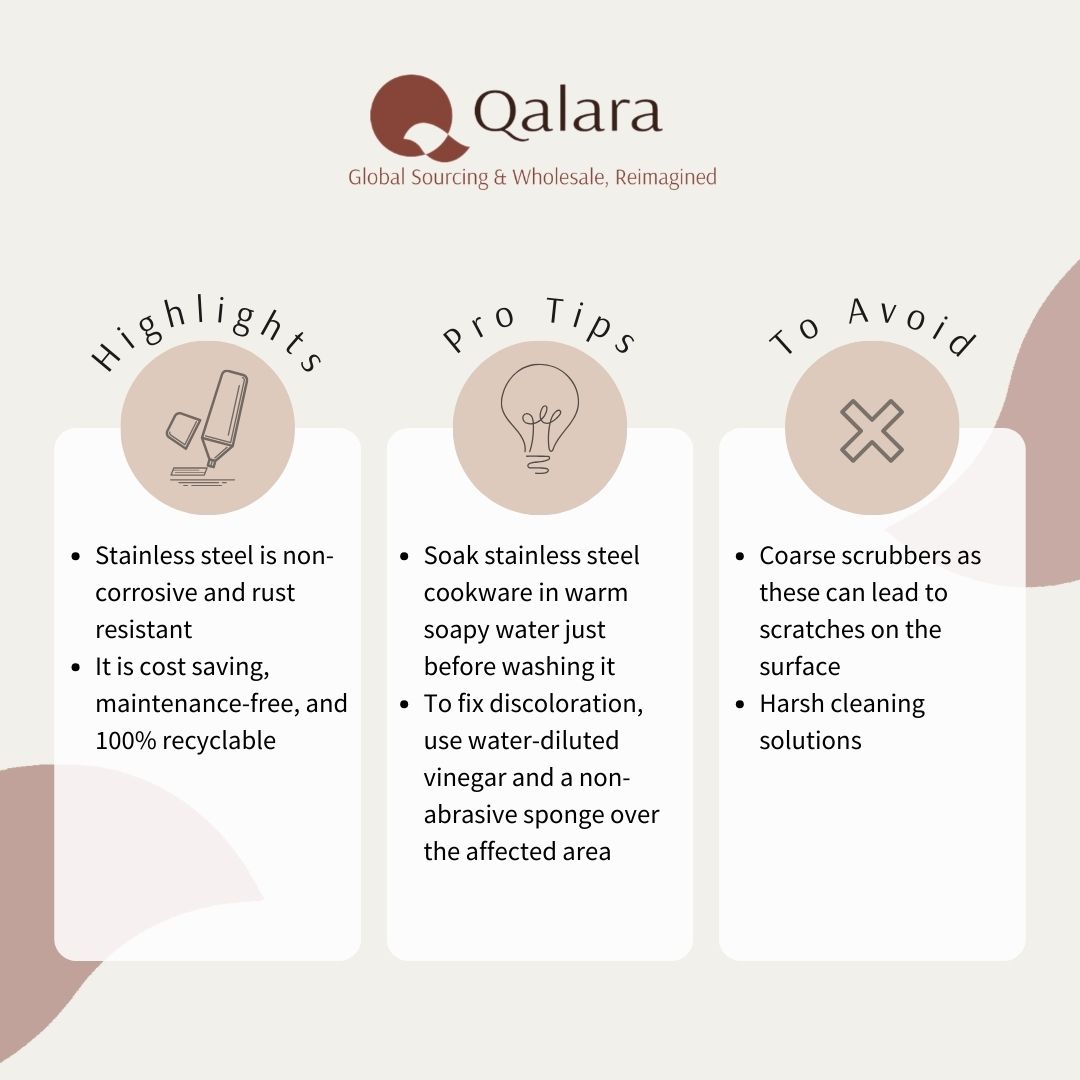

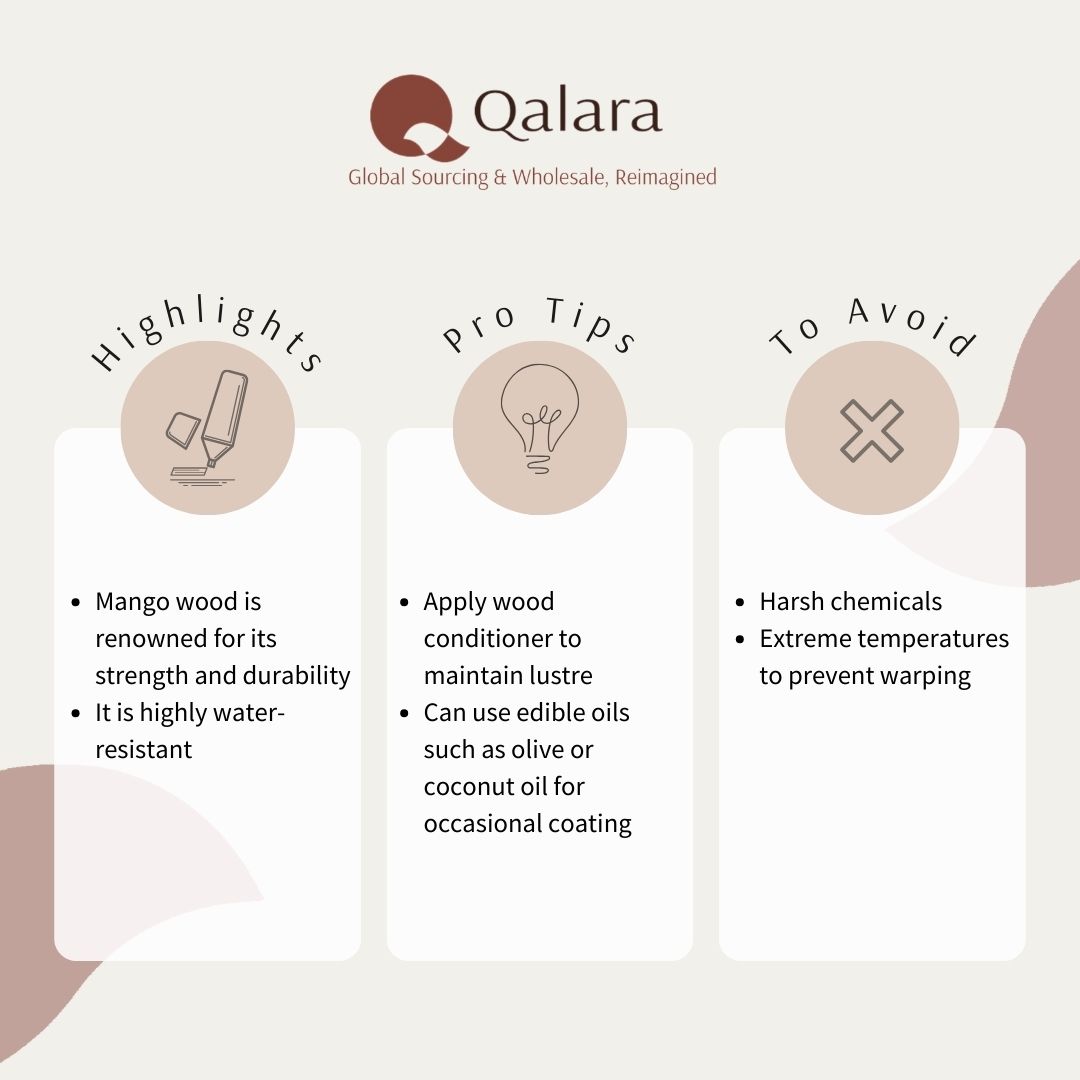
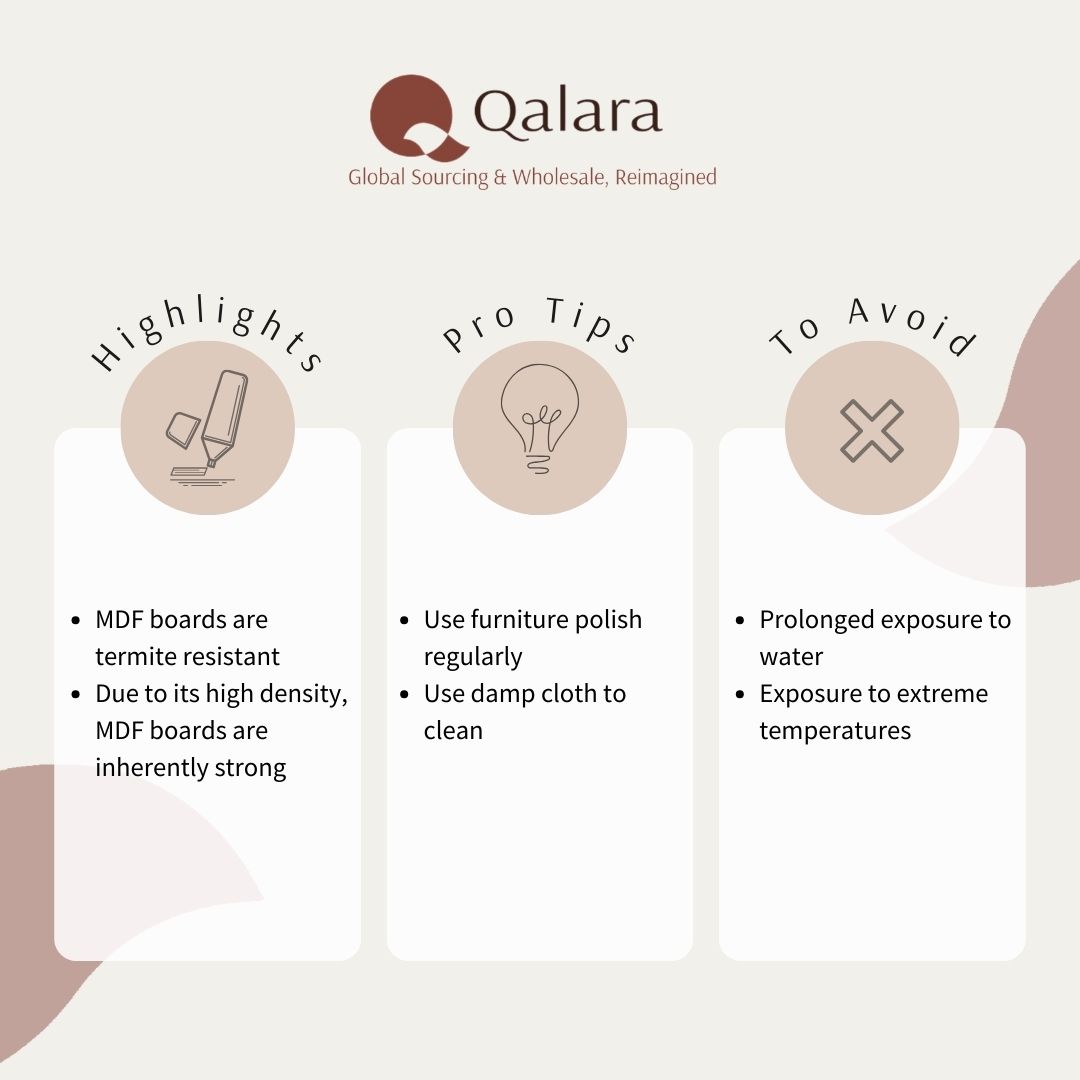
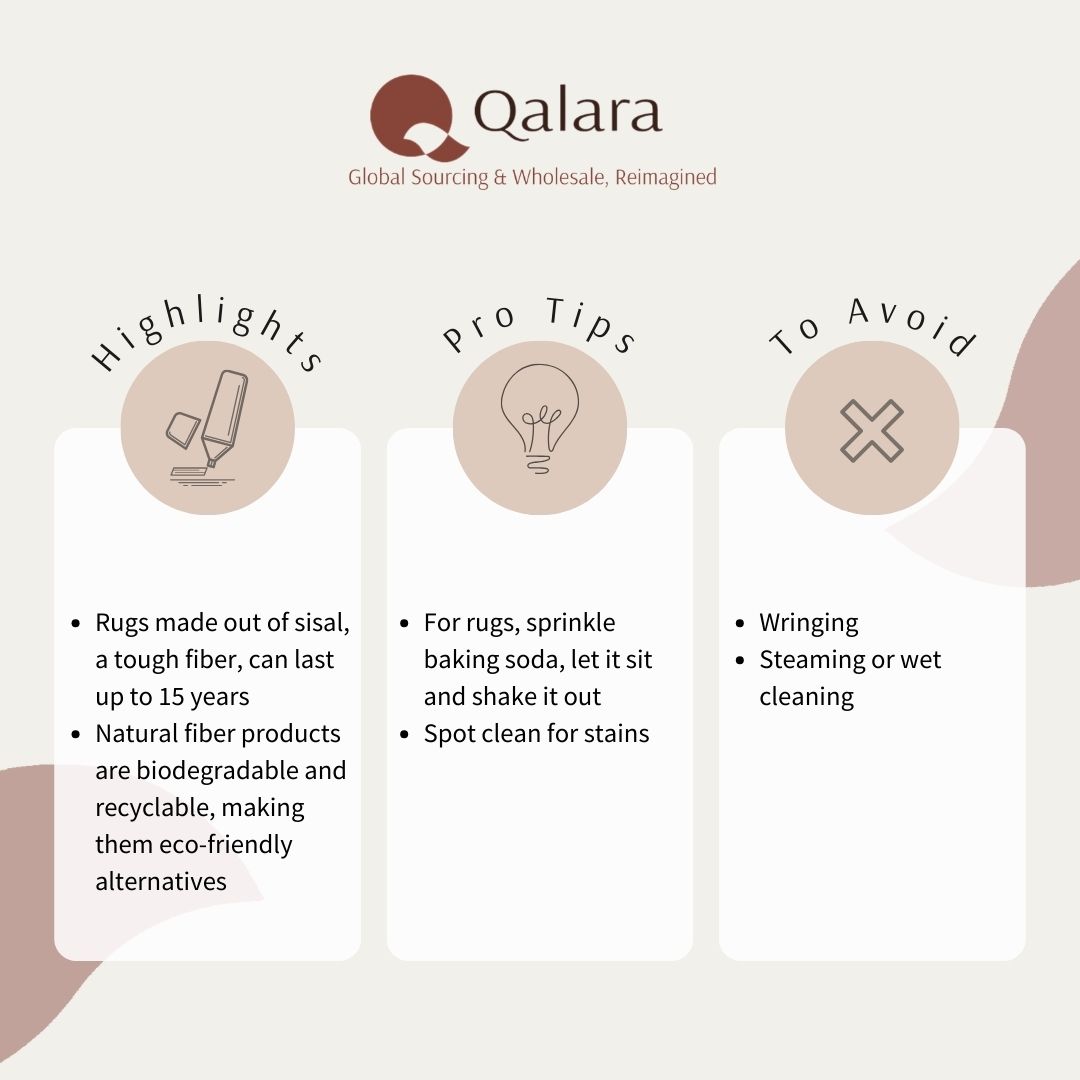
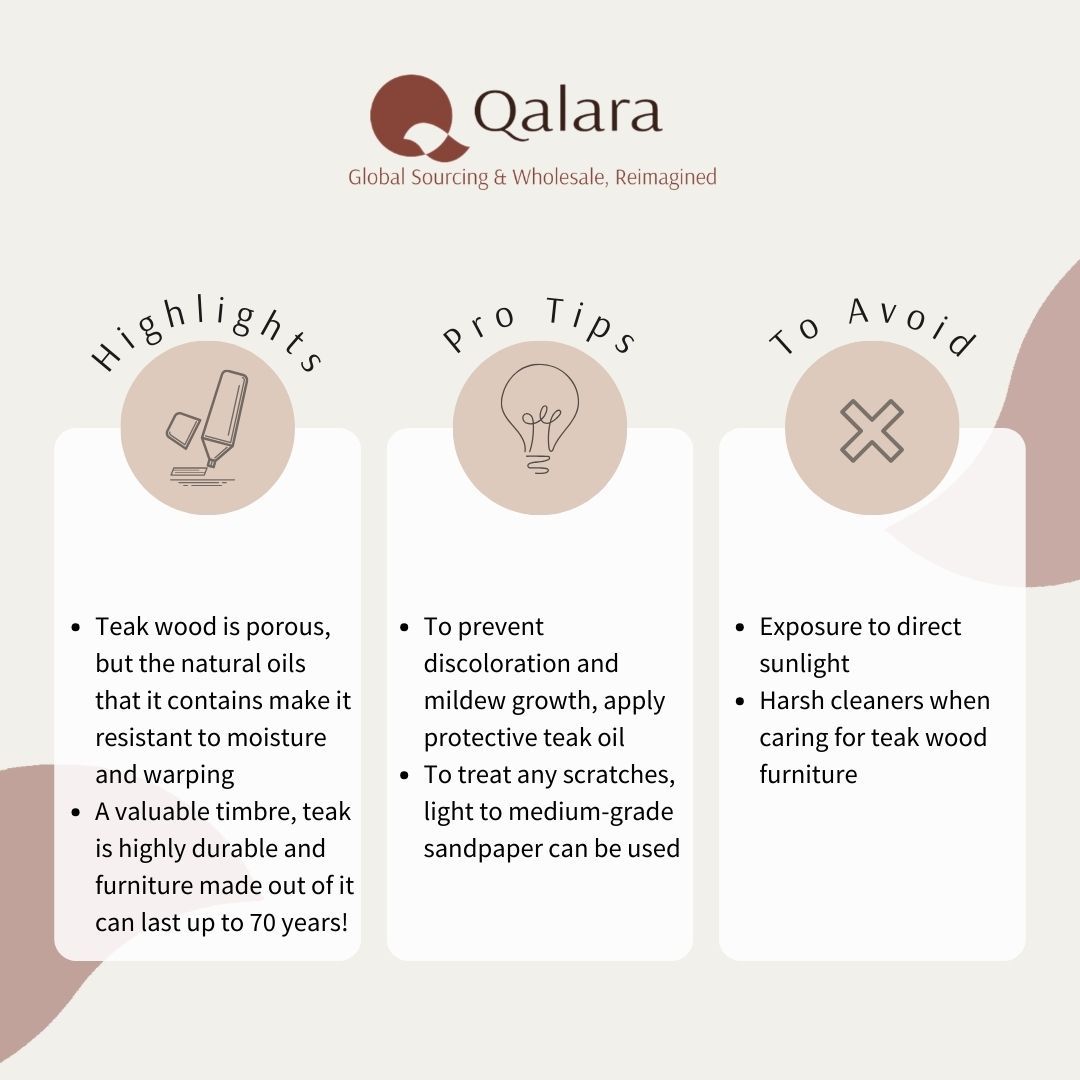
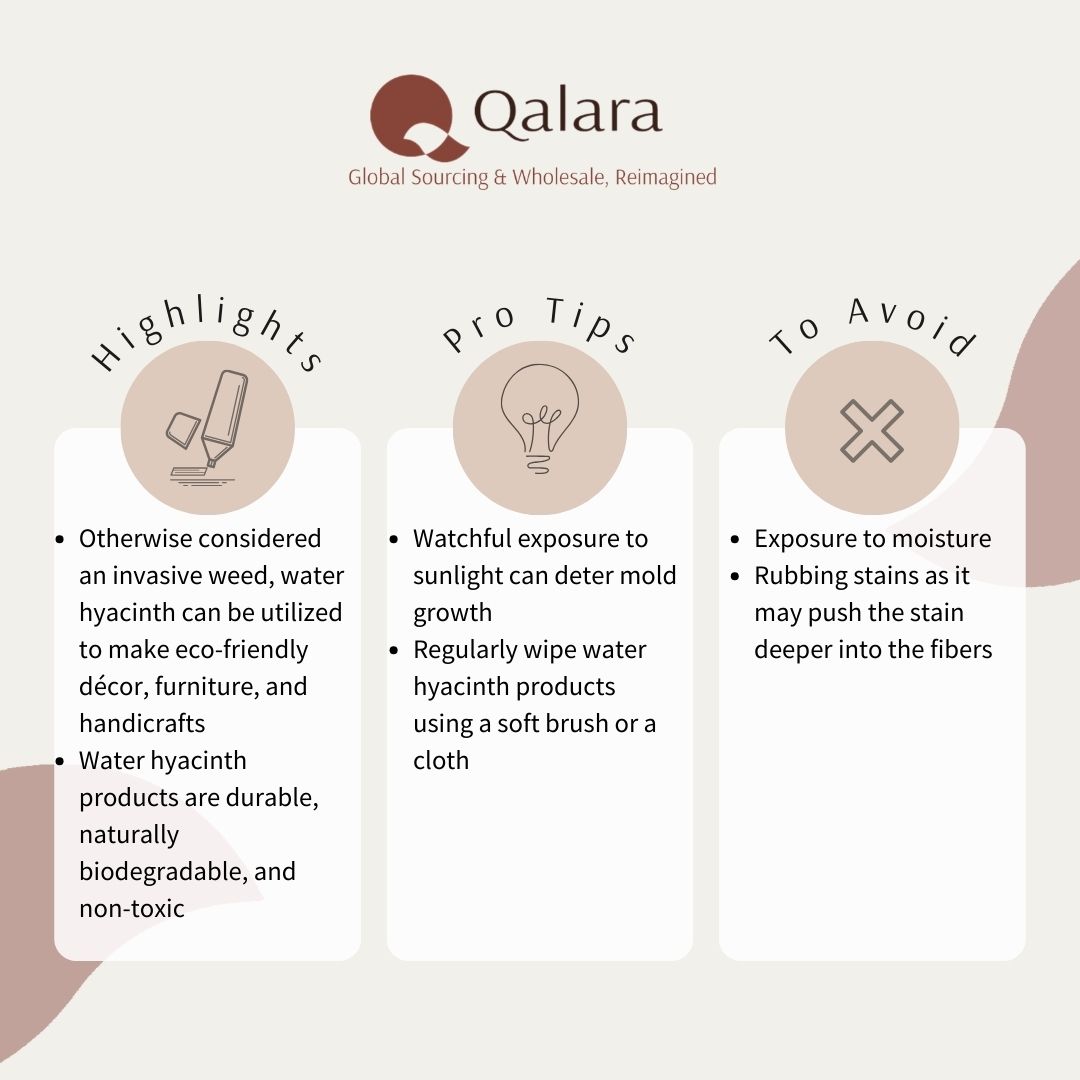

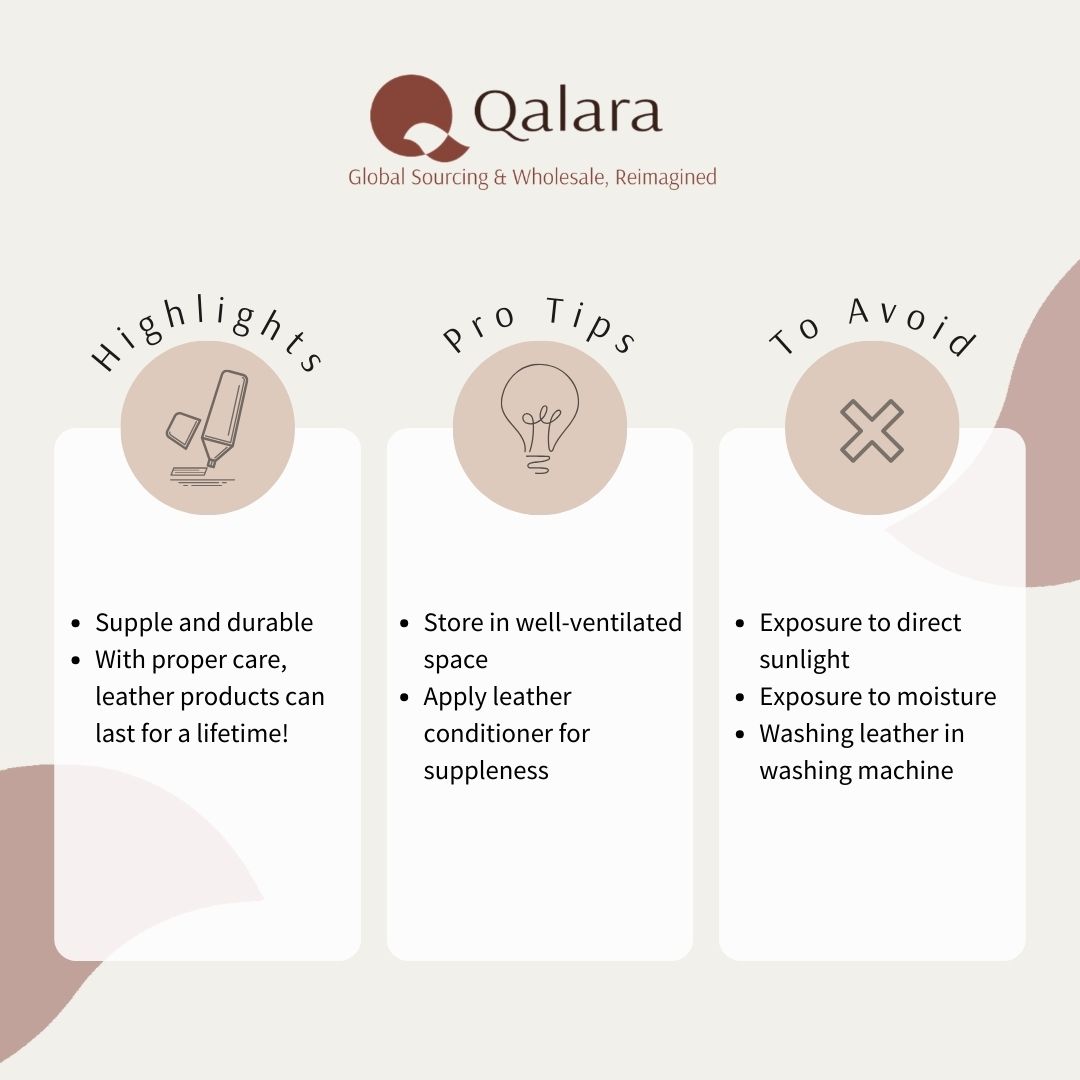
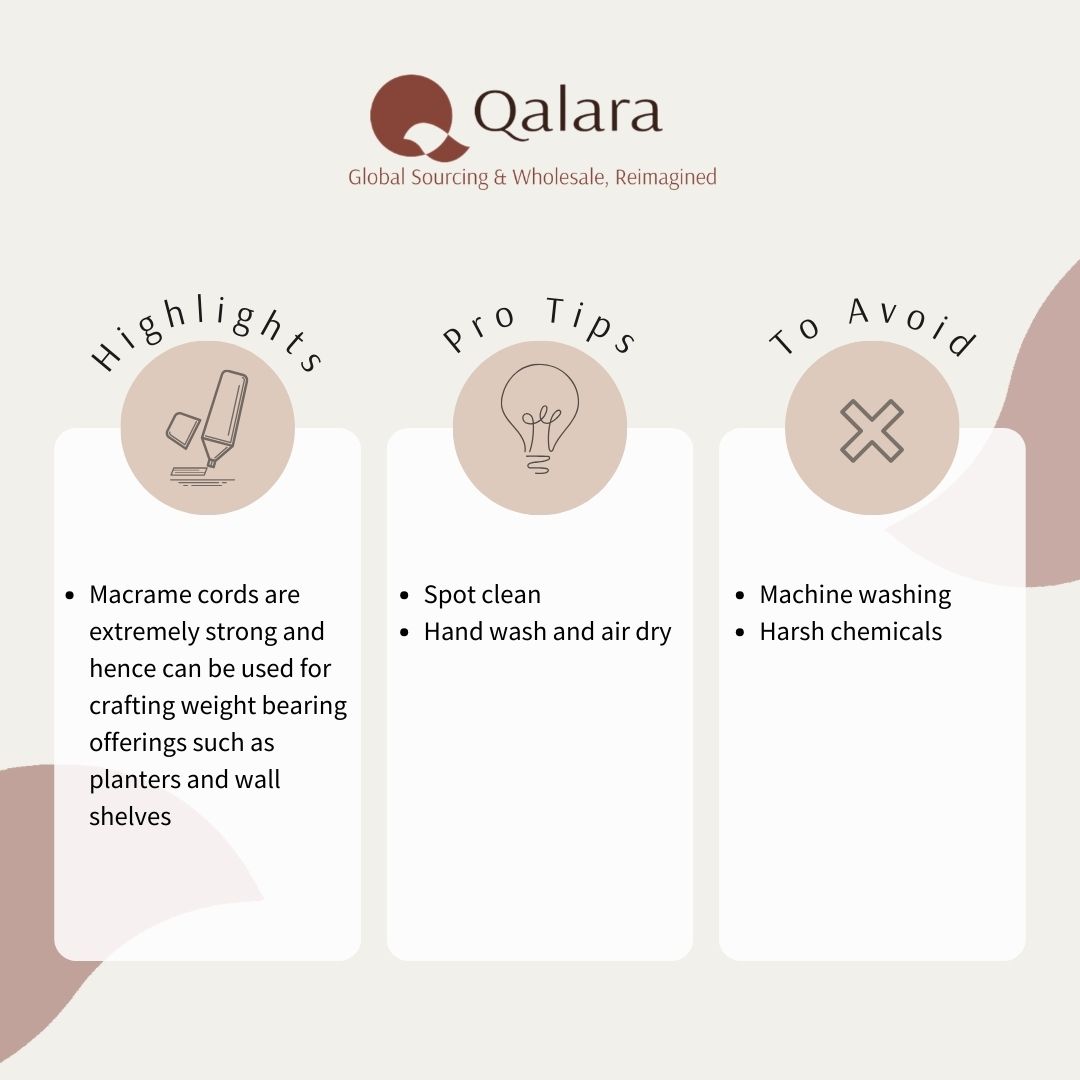
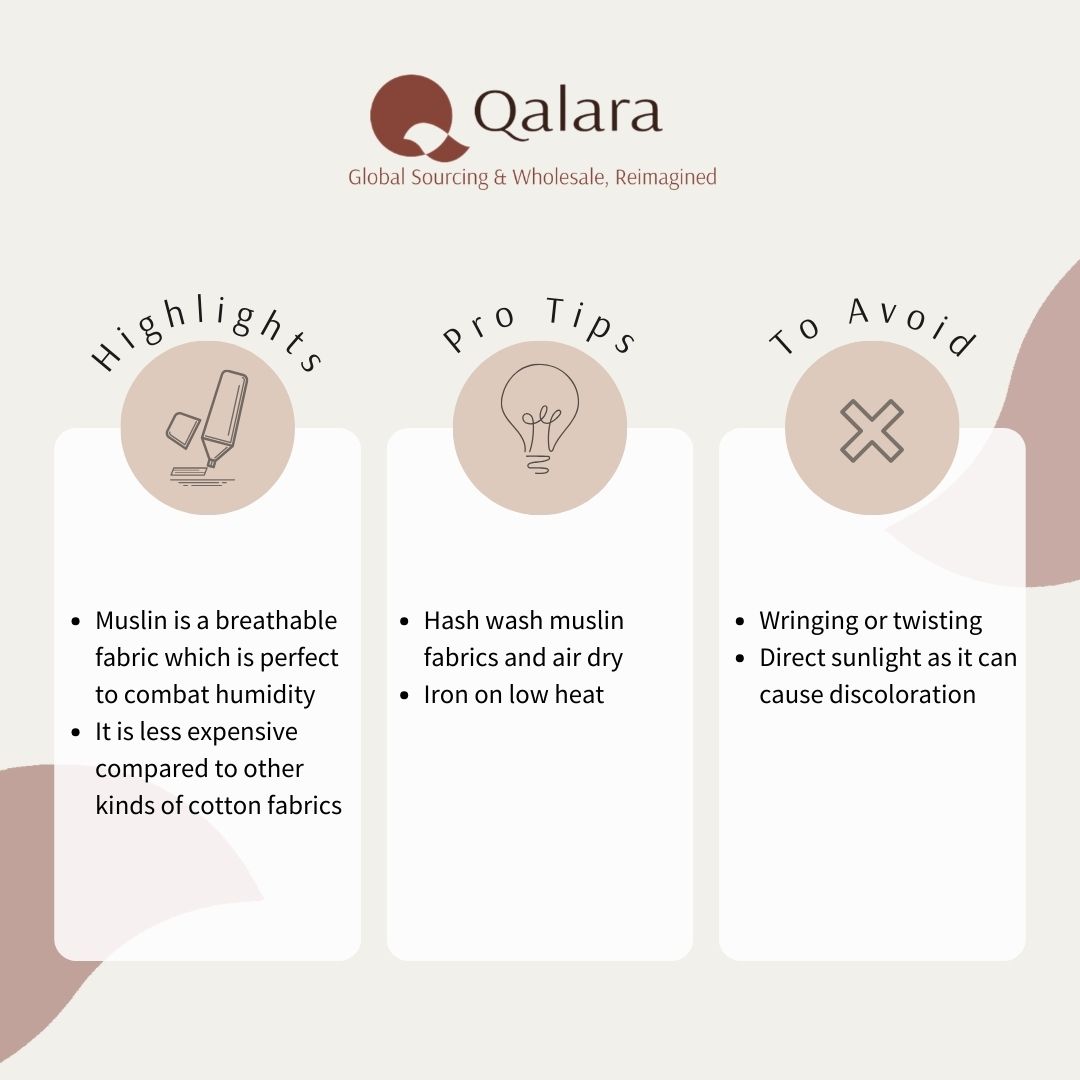

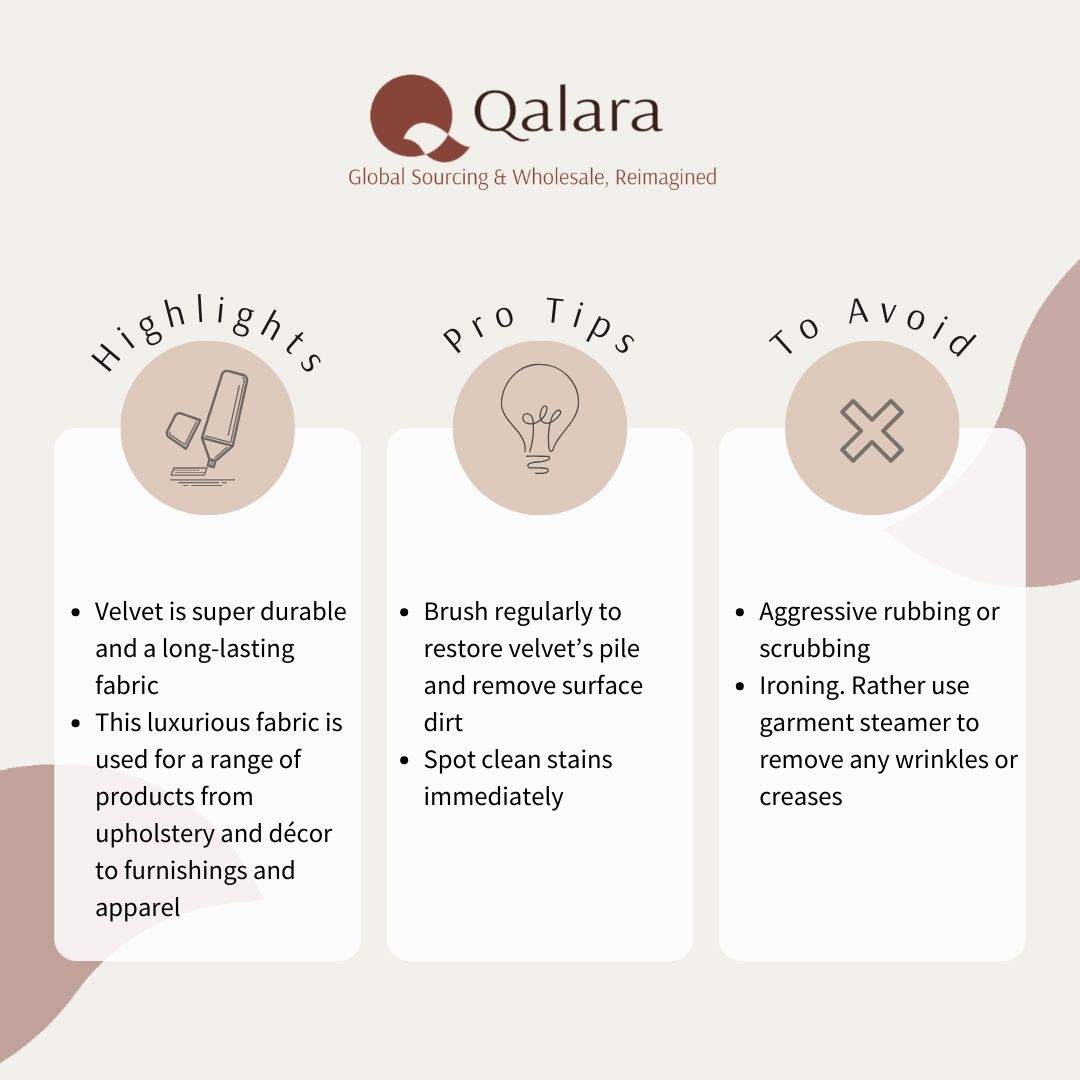
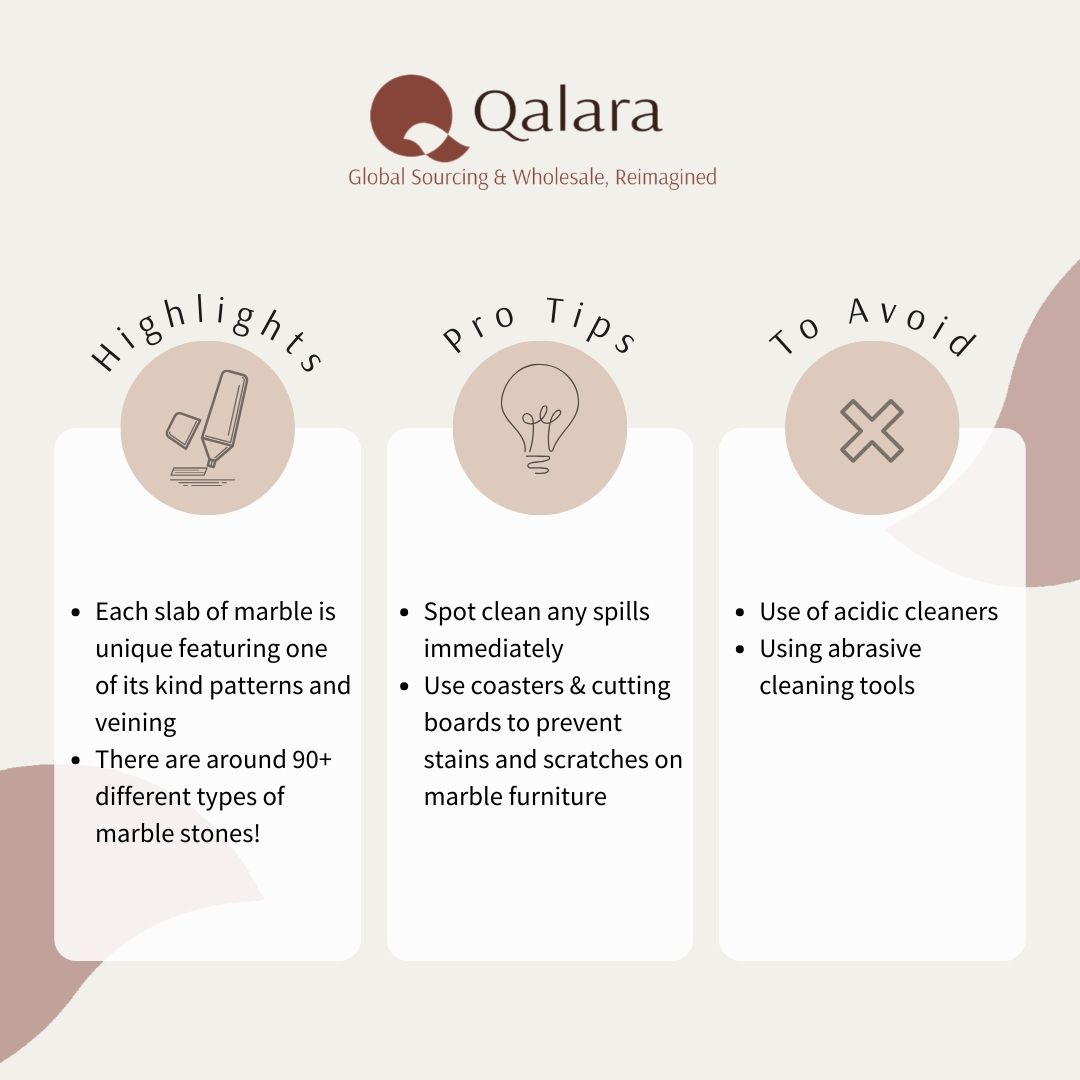
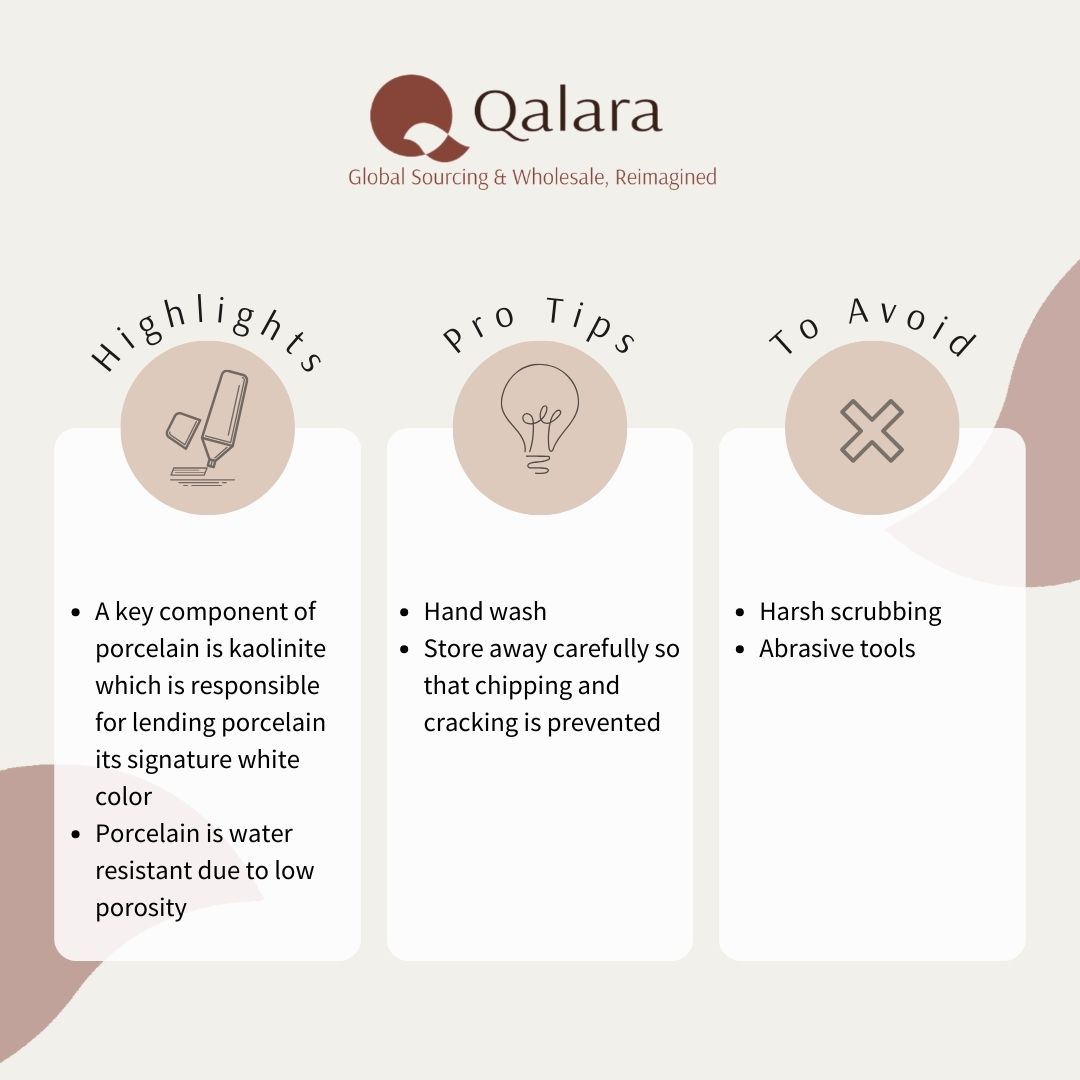
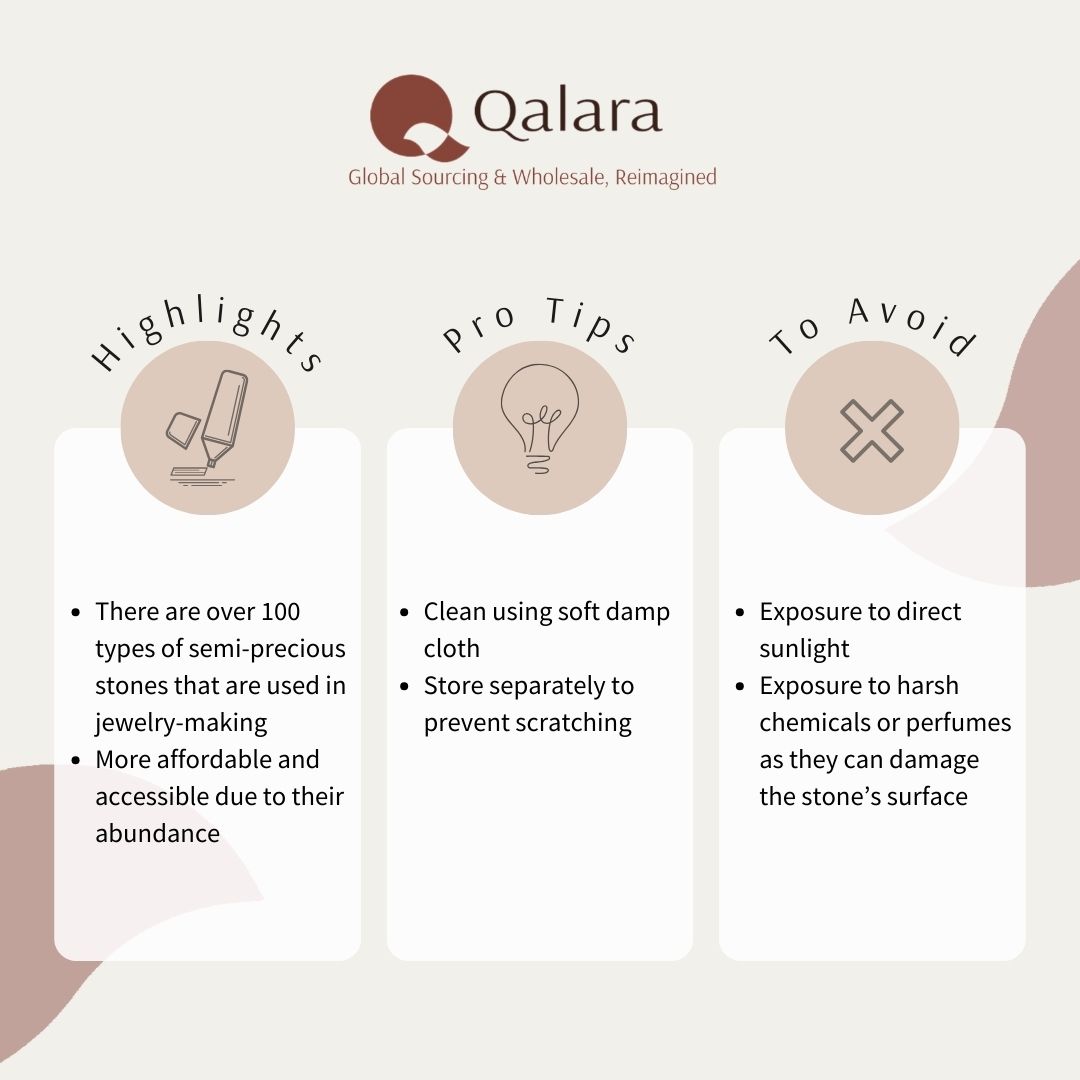
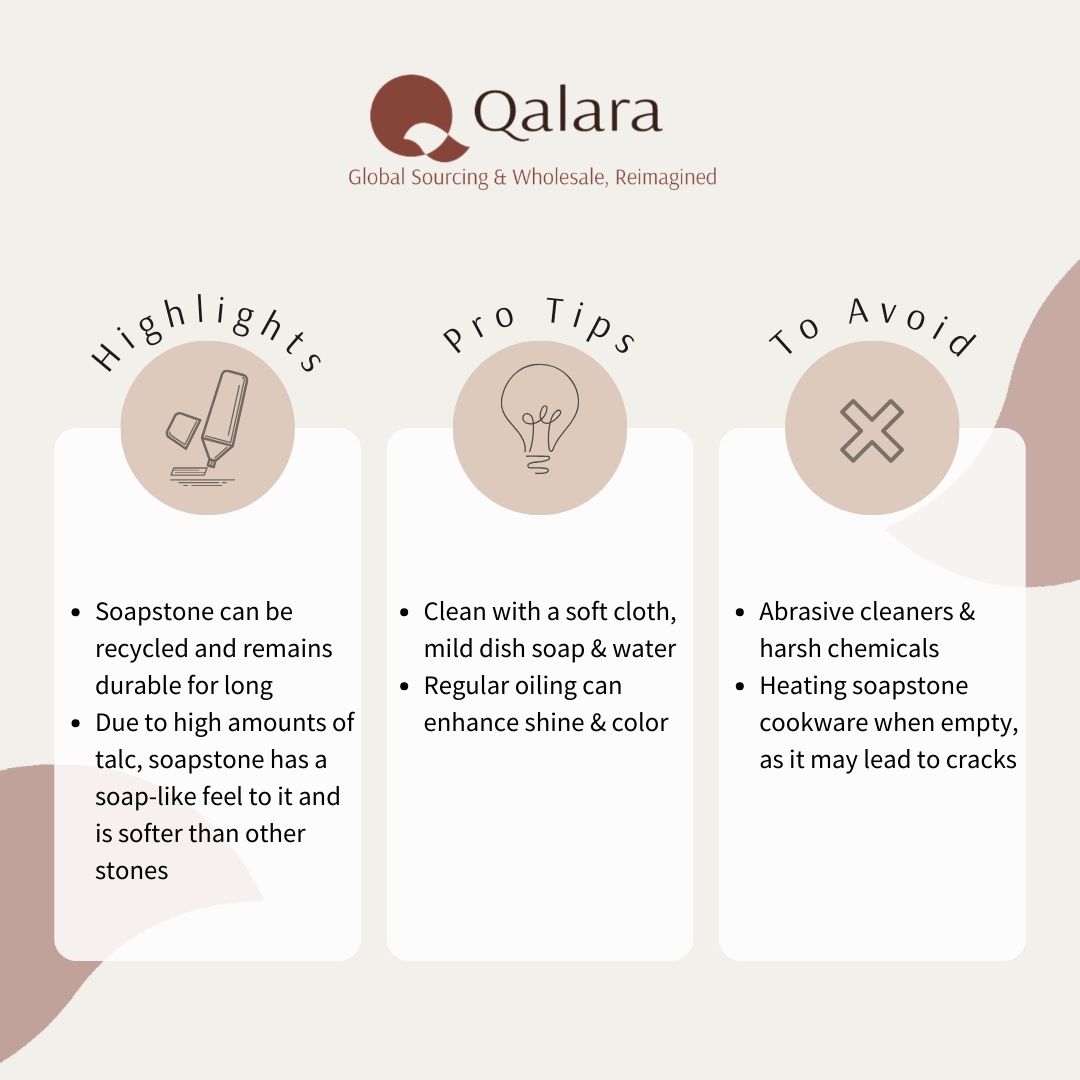
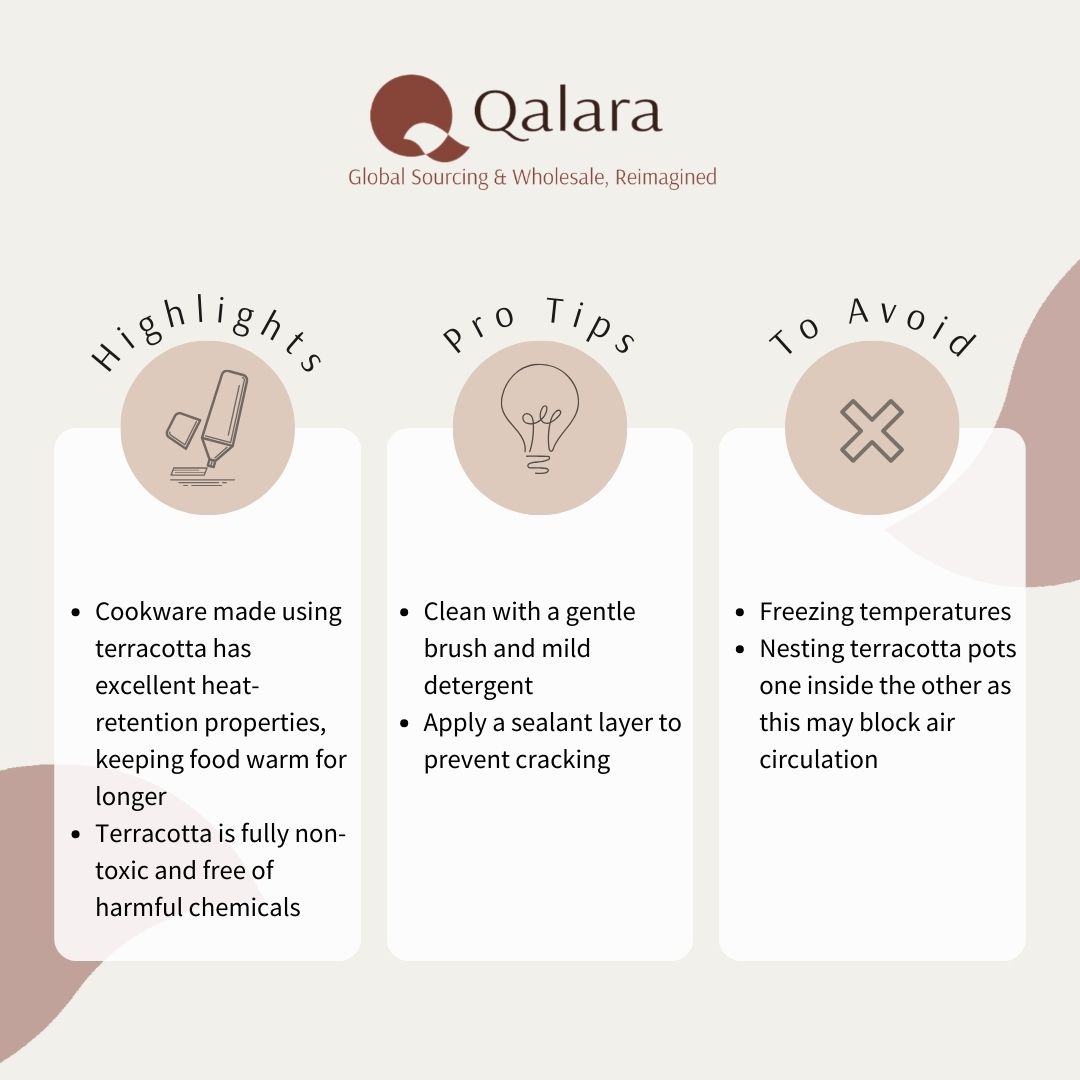
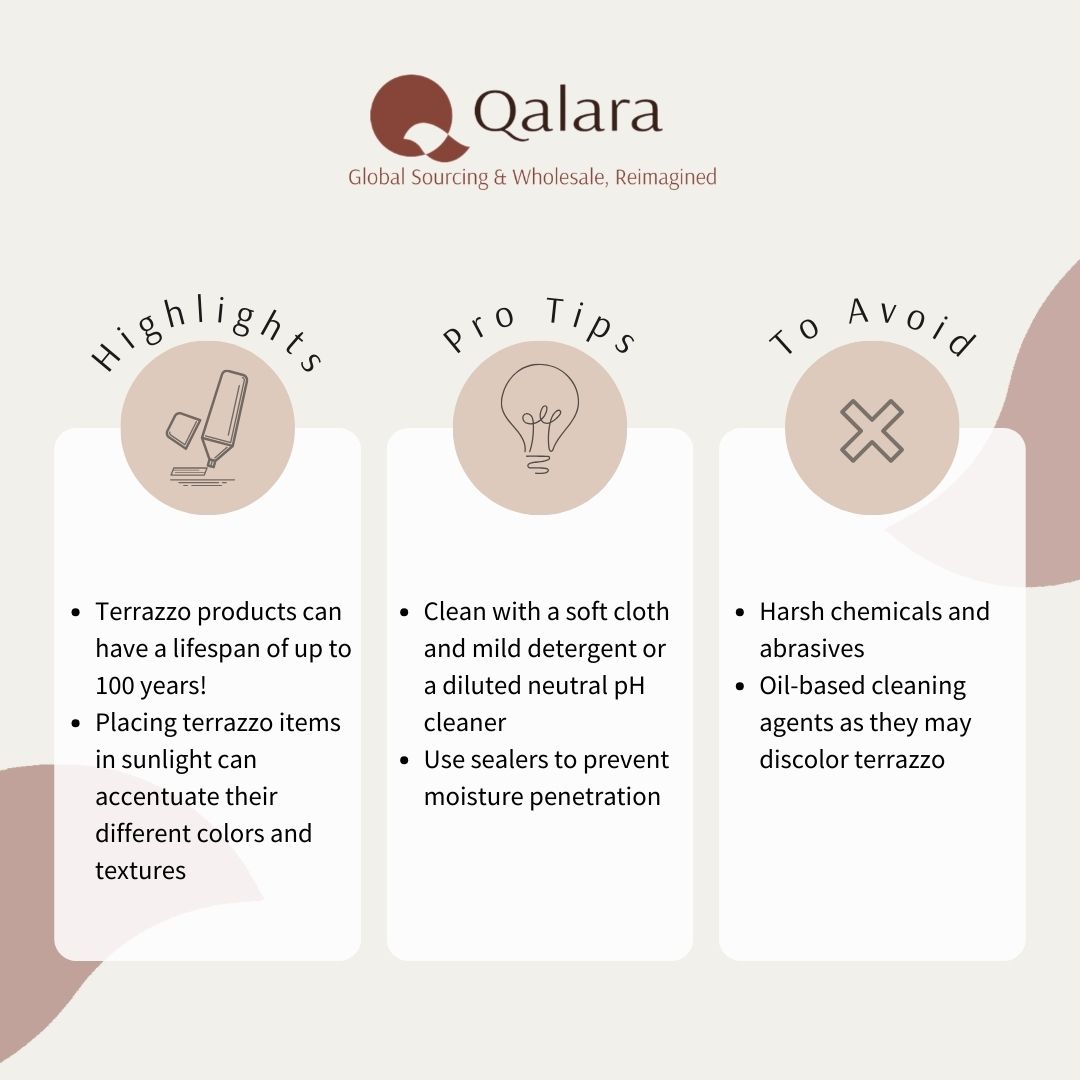




Leave a Reply